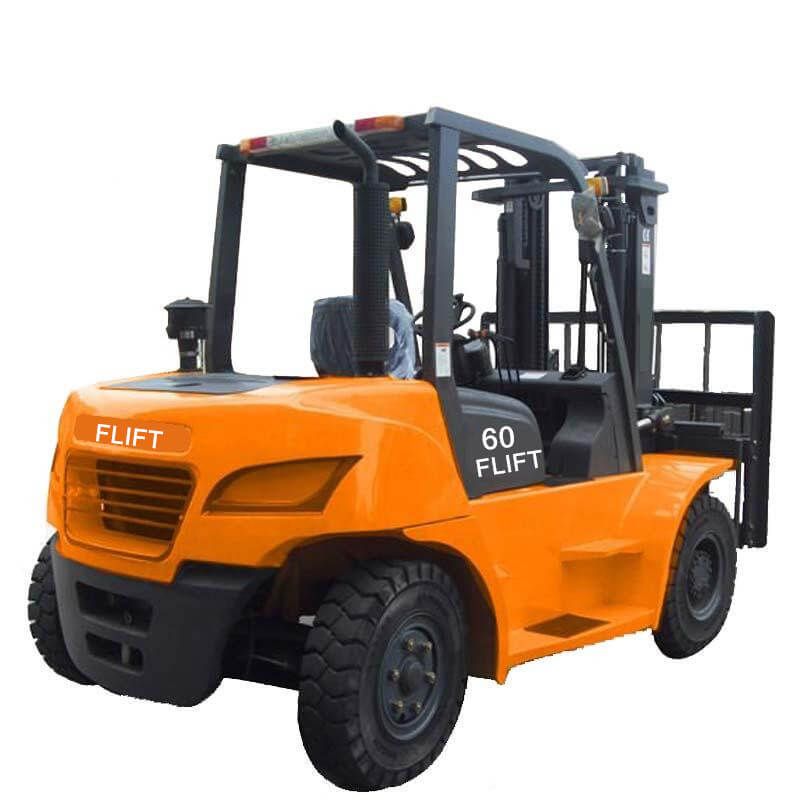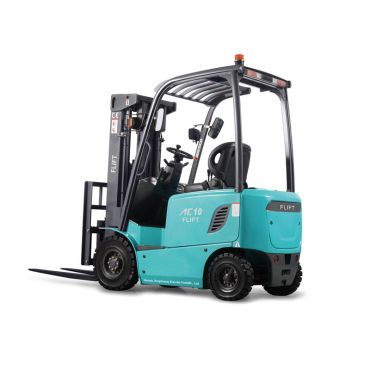- Diesel Forklift
-
- 4.5 Ton Diesel Forklift48 Ton Diesel Forklift3 Ton Diesel Forklift3.5 Ton Diesel Forklift2.5 Ton Diesel Forklift33 Ton Diesel Forklift15 Ton Diesel Forklift10 Ton Diesel Forklift8 Ton Diesel Forklift4 Ton Diesel Forklift6 Ton Diesel Forklift2 Ton Diesel Forklift1 Ton Diesel Forklift1.8 Ton Diesel Forklift1.5 Ton Diesel Forklift6 Ton Diesel Forklift4 Ton Diesel ForkliftFour Wheel Drive Forklift
- Electric Forklift
-
- 12t Lithium-Battery-forklift12t Electric Forklift Truck8t Electric Forklift10t electric forklift truck25ton Lithium Battery Forklift7ton Electric Forklift16ton Lithium Battery forklift2 Ton Electric Forklift1.8 Ton Electric Forklift6 Ton Electric Forklift1.5 Ton Electric Forklift1 Ton Electric Forklift2.5 Ton Electric Forklift3.5 Ton Electric Forklift3 Ton Electric Forklift4.5 Ton Electric Forklift5 Ton Electric Forklift3 Ton Electric Forklift4.5 Ton Electric Forklift1.6 Ton Three Wheel Forklift2 Ton Three Wheel Forklift
- Forklift Attachements
-
- Fixed Short Arm non-sideshiftingnon-sideshiftingFixed Short Arm non-sideshiftingNon-sideshiftingHinged ForksCaton ClampRotatornon-SideshiftingTire ClampsPusherTurning Fork Clampsnon-sideshiftingLog HolderSideshiftingBroke Paper ClampsSideshiftingSideshiftingSingleLoad StabilizerFork PositionersSingle Double Pallet Handler
Common faults and emergency measures of diesel forklifts
Date: 2018-04-24 View:
Common faults and emergency measures of diesel forklifts
The mechanical failure of diesel forklifts in operation may cause damage to the base parts, or cause mechanical accidents in severe cases. Before the diesel forklift fails, some abnormal signs will appear in terms of speed, sound, exhaust, water temperature, oil pressure, etc., that is, the feature of failure premonition. Therefore, FLIFT reminds operators that they should quickly make accurate judgments based on the characteristics of the omen, and judge and take measures to avoid accidents.


1. "Speeding" The fault speed suddenly increases and becomes faster and faster. It is not controlled by the throttle, the sound is abnormal and harsh, and a lot of blue smoke or black smoke is emitted from the exhaust pipe. "Speeding" belongs to overspeed idling, which will not happen when working under load. It is only possible when the load suddenly disappears or decreases during the start or during work. The main reason is that the governor system fails, which makes the oil supply out of control or caused by excessive oil in the sump. If there is a sign of "speeding", if emergency measures are not taken immediately, it will eventually lead to major accidents such as smashing the cylinder and breaking the shaft.
.jpg)
Measures: The purpose of flameout is mainly achieved by cutting off oil or gas. The emergency measures that can be taken are: first, close the accelerator to curb the fuel supply, and step on the brake; second, block the intake pipe and cut off the entry of air; third, quickly release the high-pressure oil pipe to stop the fuel supply; fourth, the vehicle diesel engine can be used while walking. Advanced heavy duty (braking), causing the engine to stall due to insufficient torque.


2. The sticking cylinder fails, the rotating speed drops, the operation is weak, the sound is boring, the water temperature is too high, and the indication of the water temperature gauge exceeds 100 °C. At this point, sprinkle some water on the parts and it will evaporate quickly. The main reason is the severe water shortage and the failure of the water cooling system. If the engine is turned off immediately, the cylinder may stick.
Measures: Run at idle speed for a period of time or turn off the engine and crank the crankshaft to assist cooling, so that the water temperature drops to about 40 °C, and then slowly add cooling water. Be careful not to add cooling water immediately, otherwise the parts will be deformed or cracked due to the sudden drop in local temperature.
.jpg)
3. There is a "click" sound in the crankcase part of the cylinder failure, like the sound of a small hammer tapping on the hard floor, which is commonly known as the "knocking sound", the oil pressure drops, and it is more obvious during rapid acceleration. The ramming cylinder is a destructive mechanical fault, which is mainly caused by the loosening of the connecting rod bolts or the pulling of the telescopic neck of the bolts, and the excessive clearance of the connecting rod shafts, resulting in the loosening or breaking of the bolts. If there is a knocking sound, but the oil pressure is normal, it is not a sign of pounding the cylinder, and it should be considered from the adjustment of the fuel supply advance angle.

Measures: stop immediately for maintenance and replace with new parts.

4. Burning tile failure, the sound is dull, it seems that the load suddenly increases, the speed drops, the oil pressure drops, and the exhaust emits black smoke. The burning of the bush will cause the bearing bush and the journal to lock and flame out. The main reason is that the lubricating oil film on the surface of the bearing bush is destroyed, the bearing bush and the metal on the surface of the journal are in direct contact, and the friction temperature rises rapidly, resulting in gluing.
Measures: Stop the machine immediately, remove the cover to check the connecting rod and bearing bush, find out the reason, and repair and replace it.


5. Broken shaft fault There is an annoying knocking sound in the crankcase. When the accelerator is increased, the knocking sound becomes louder. When idling is running, the parts tremble seriously, and the exhaust emits black smoke. The broken shaft is caused by mechanical fatigue at the crankshaft journal shoulder, and there is a gradual process from cracking to breaking. During recessive fission, the omen features are not obvious, and as the crack expands, the omen features become more and more obvious, and finally cause the broken shaft to flame out. If the throttle or other vibrations occur or the knocking frequency matches the shutdown, it may be at the critical point of breaking the shaft. At this time, remove the cover and check, and push the flywheel by hand. If the axial clearance is large and the push is not difficult, it indicates that the crankshaft has been broken.
Measures: stop the machine immediately if the signs are found, and replace the crankshaft in time if any cracks are found.
.png)




